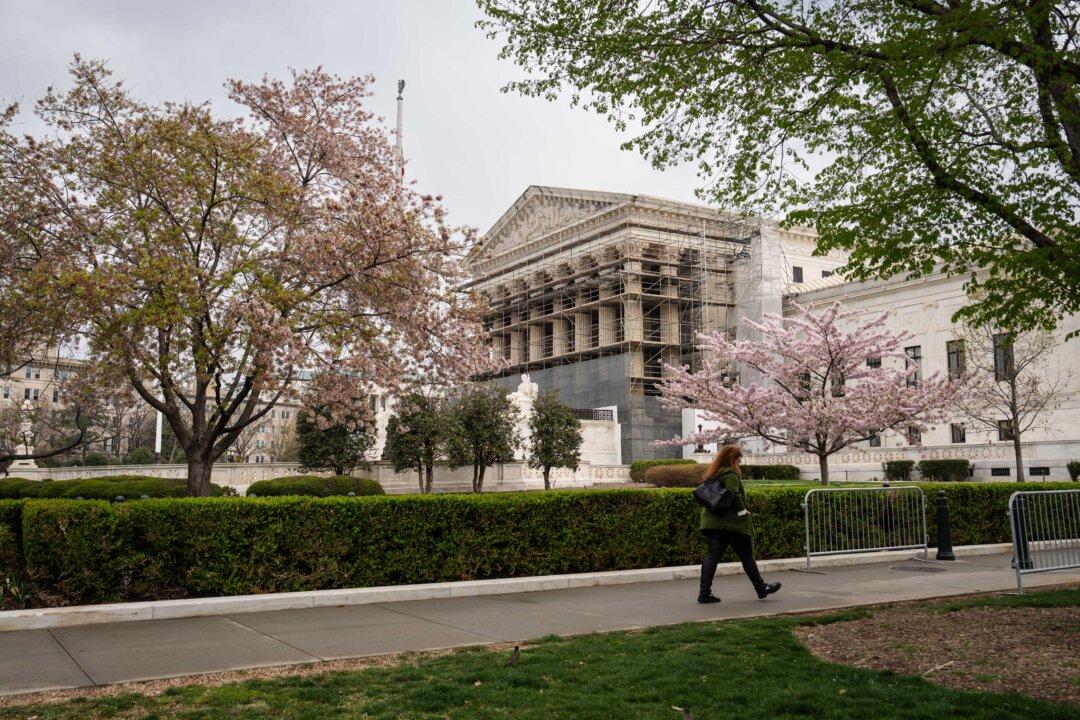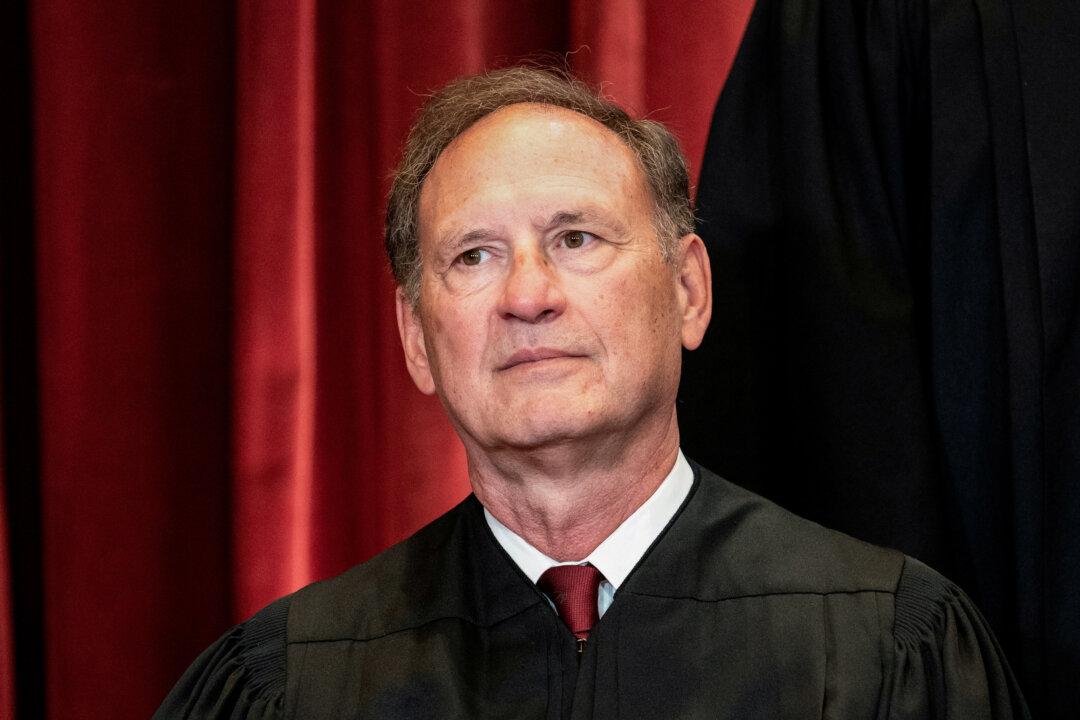The Virginia Supreme Court has given its blessing to new electoral maps for Virginia’s congressional delegation and its state legislature following a process that for the first time kept elected officials out of the decision-making.
The contentious once-in-a-decade exercise included a bipartisan redistricting commission that deadlocked and failed to complete the task. It then fell to the court to appoint two special masters—RealClearPolitics senior elections analyst Sean Trende and University of California–Irvine political science professor Bernard Grofman—to draft the new maps.
Trende, who was nominated by Republican lawmakers, and Grofman, who was nominated by Democratic lawmakers, unveiled their proposed maps on Dec. 7 to the court.
Trende and Grofman said in a statement that public comments made them aware they had inadvertently divided communities in the maps.
“Hearing from residents from all walks of life and from all corners of the Commonwealth gave us a much deeper understanding of the issues involved and brought to our attention things that we had honestly missed,” they said.
Liz White, executive director of the anti-gerrymandering group OneVirginia2021, told the Washington Post her organization was “still combing through the details of the memo and final district maps, [but] at first glance, we are pleased to see that the Special Masters went above and beyond to incorporate as many specific public comments as possible.”
The special masters had originally proposed moving the 7th Congressional District, now represented by U.S. Rep. Abigail Spanberger, a Democrat, from the Richmond area to Stafford and Prince William counties in Northern Virginia. The final map reportedly moves the district south but still doesn’t encompass Henrico County, where the congresswoman resides.
The new 1st District, represented by U.S. Rep. Robert Wittman, a Republican, will now include sections of Henrico and Chesterfield counties, which had been separated in an earlier proposed map.
He said Spanberger will now represent a more “tenuous” district, and U.S. Rep. Elaine Luria of the 2nd Congressional District (Norfolk, Virginia Beach) is “still very vulnerable,” while U.S. Rep. Jennifer Wexton of the 10th Congressional District (Dulles, Purcellville) remains in a “safe” district.
The court directed the State Board of Elections and the Virginia Department of Elections to implement the new maps, which are effective immediately and will be used in “the 2022 Congressional elections, and any future regular primary or general elections that may be held for the Virginia Senate, Virginia House of Delegates, and Congress will proceed as scheduled.”
In the U.S. Congress, Virginia is currently represented in the Senate by two Democrats and in the House by seven Democrats and four Republicans. In the 2020 presidential election, Democrat Joe Biden nabbed the state’s 13 electoral votes, beating incumbent Republican Donald Trump 54.1 percent to 44 percent, according to official results.
In the Nov. 2, 2021, election, Republicans wrested control of the offices of Virginia governor, lieutenant governor, and attorney general from Democrats. While the GOP also regained control of the Virginia House of Delegates, the Senate, which wasn’t up for election this year, remains under the control of Democrats.





